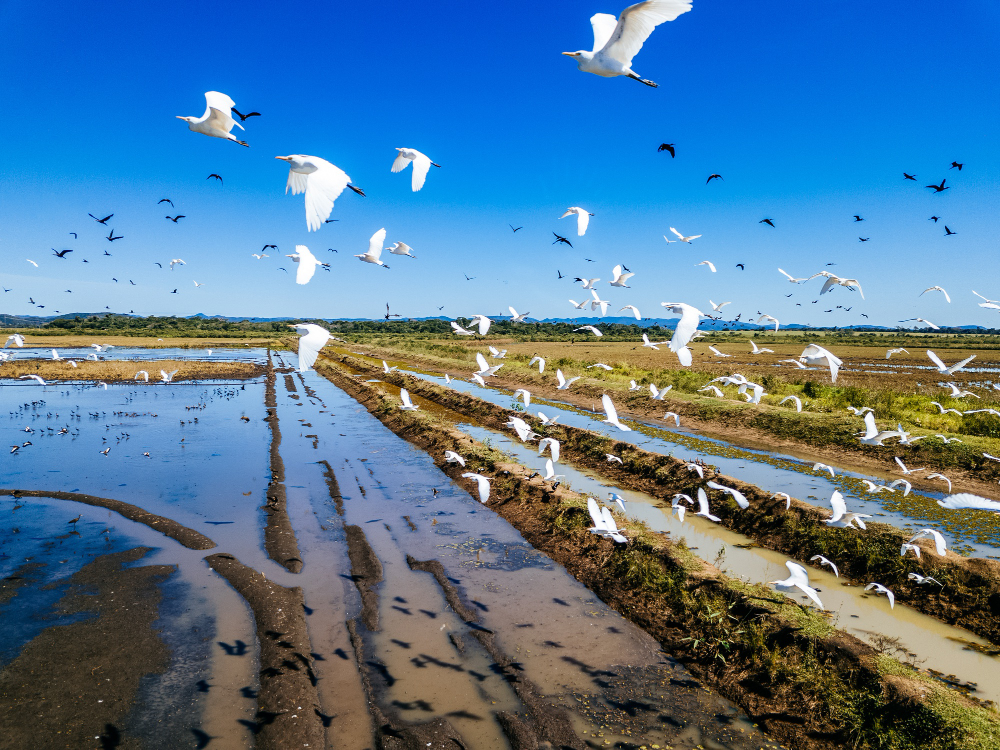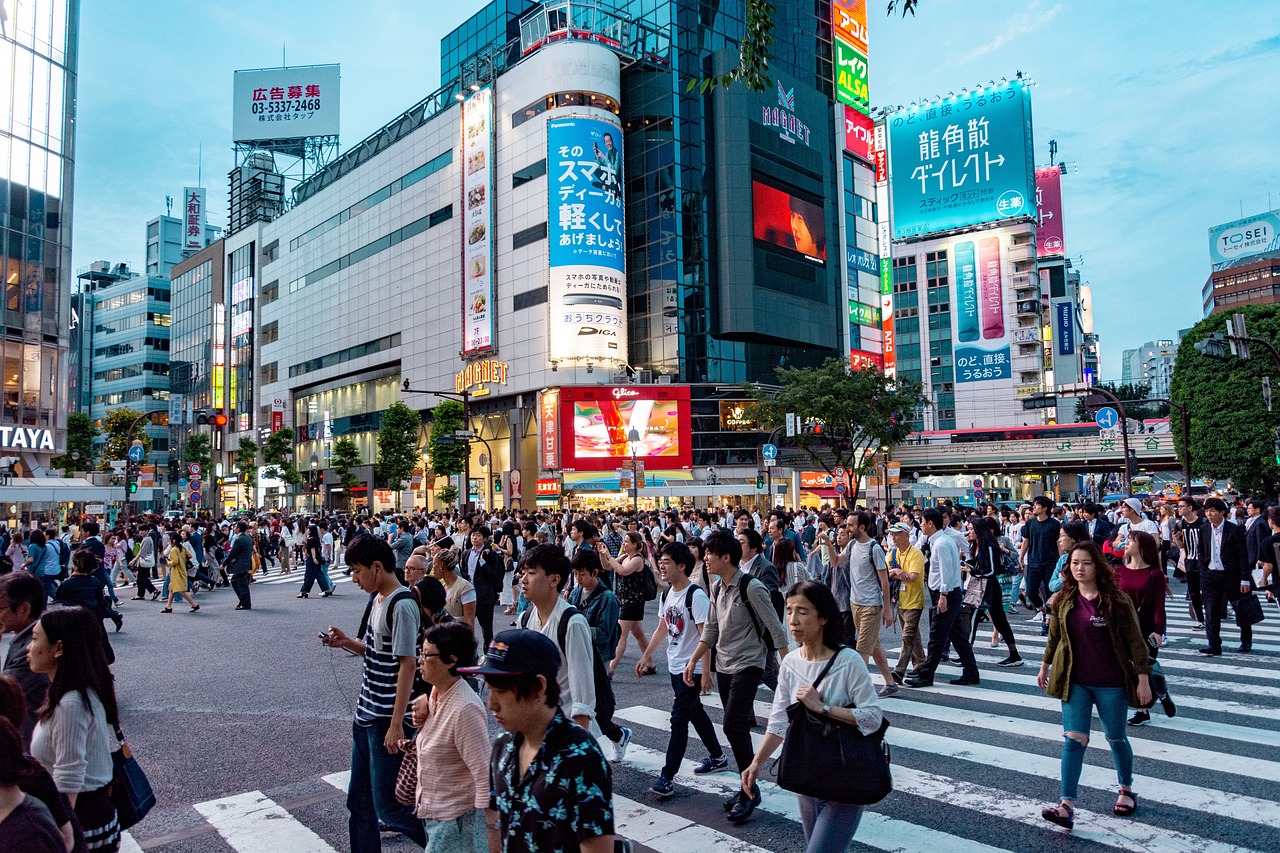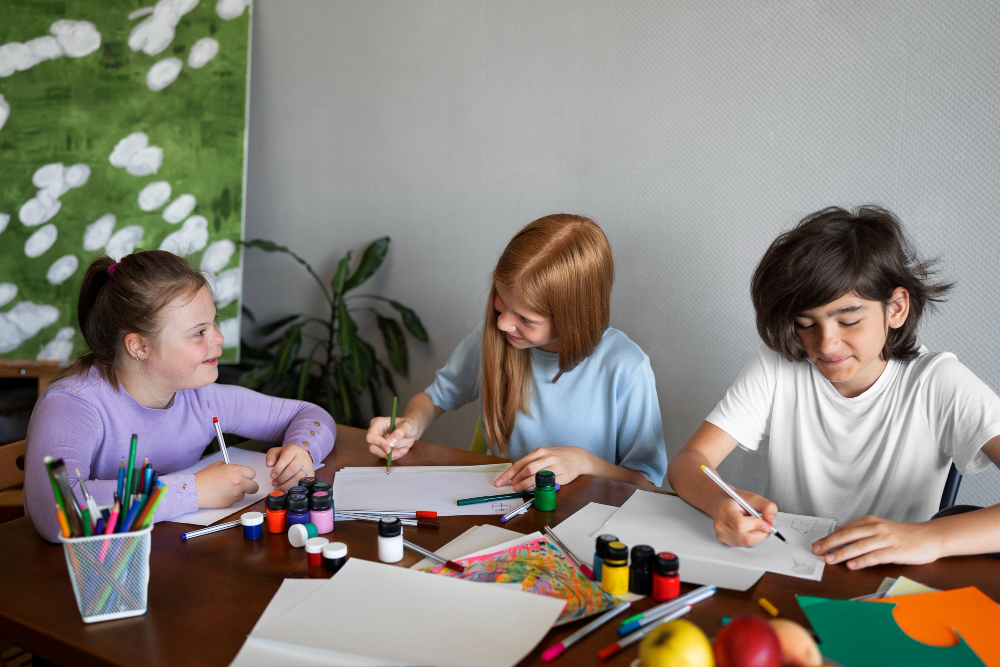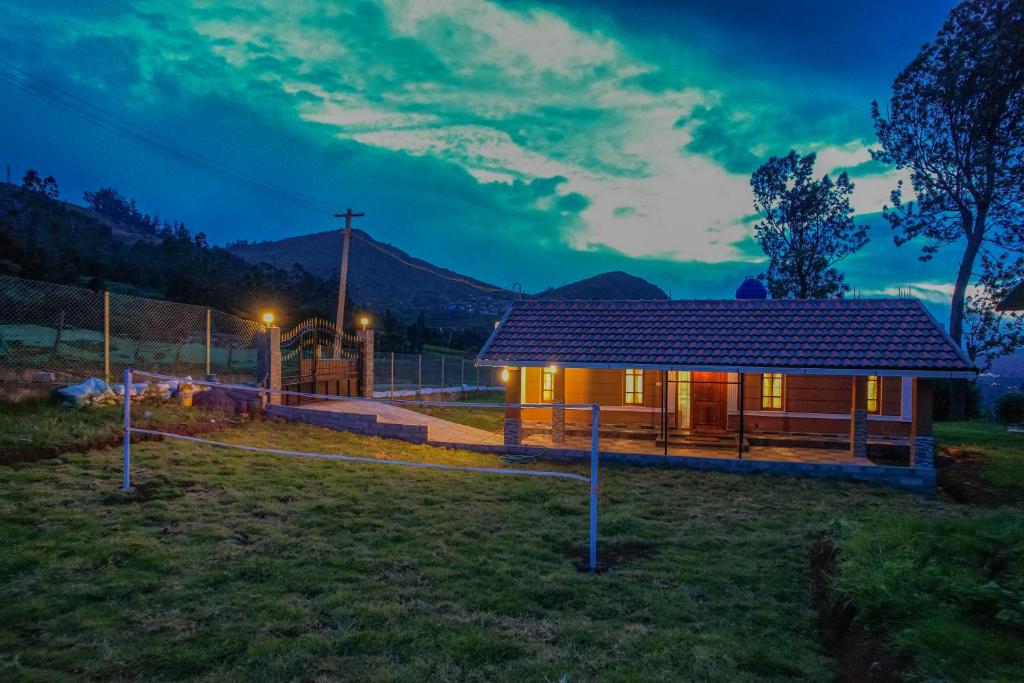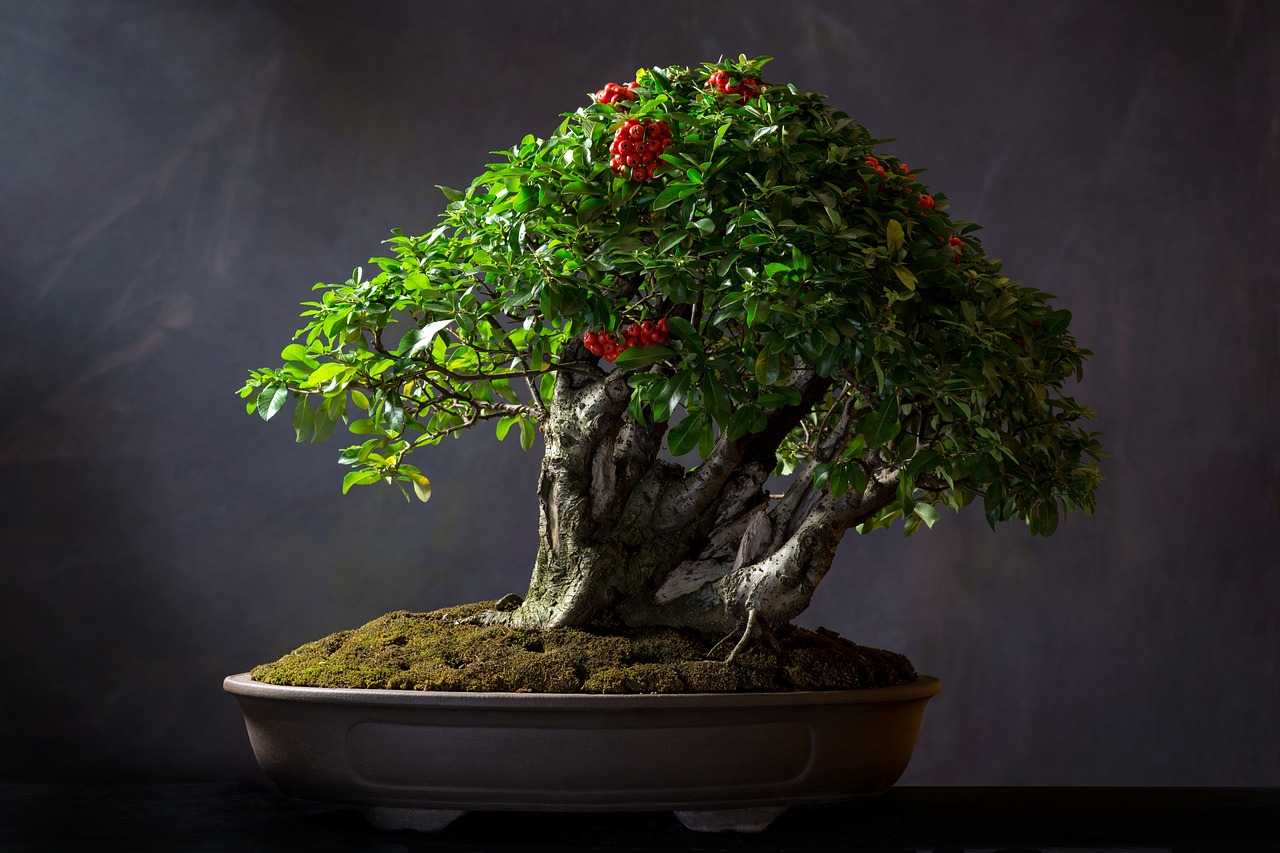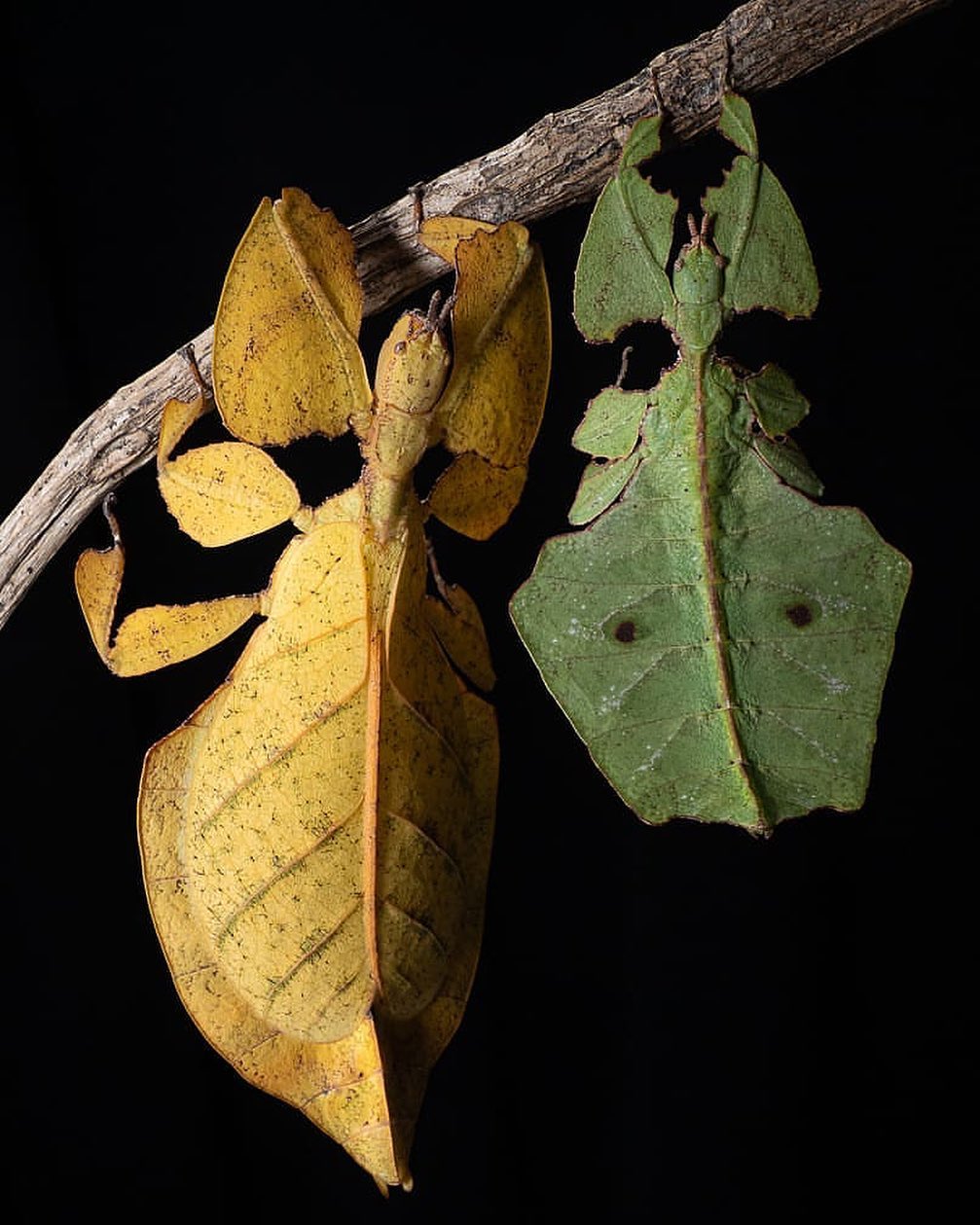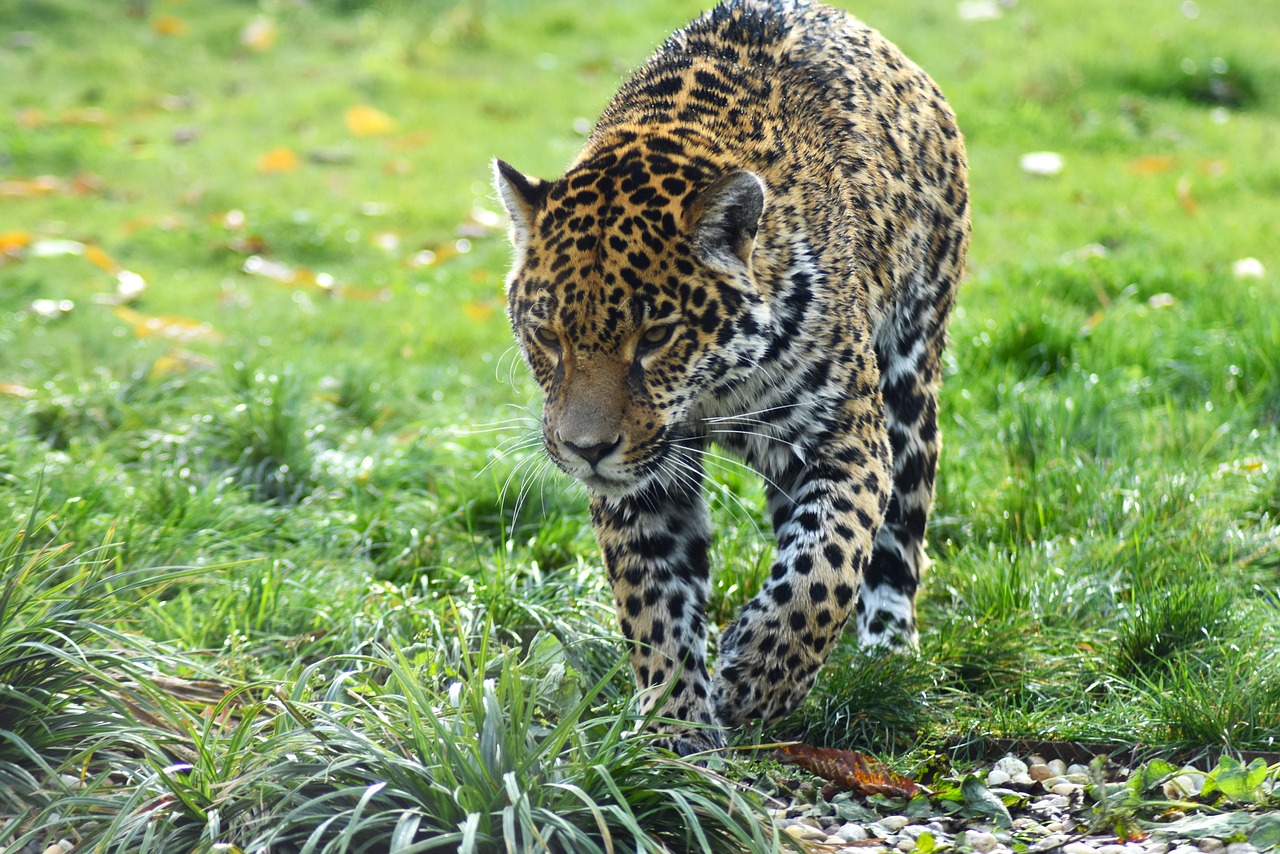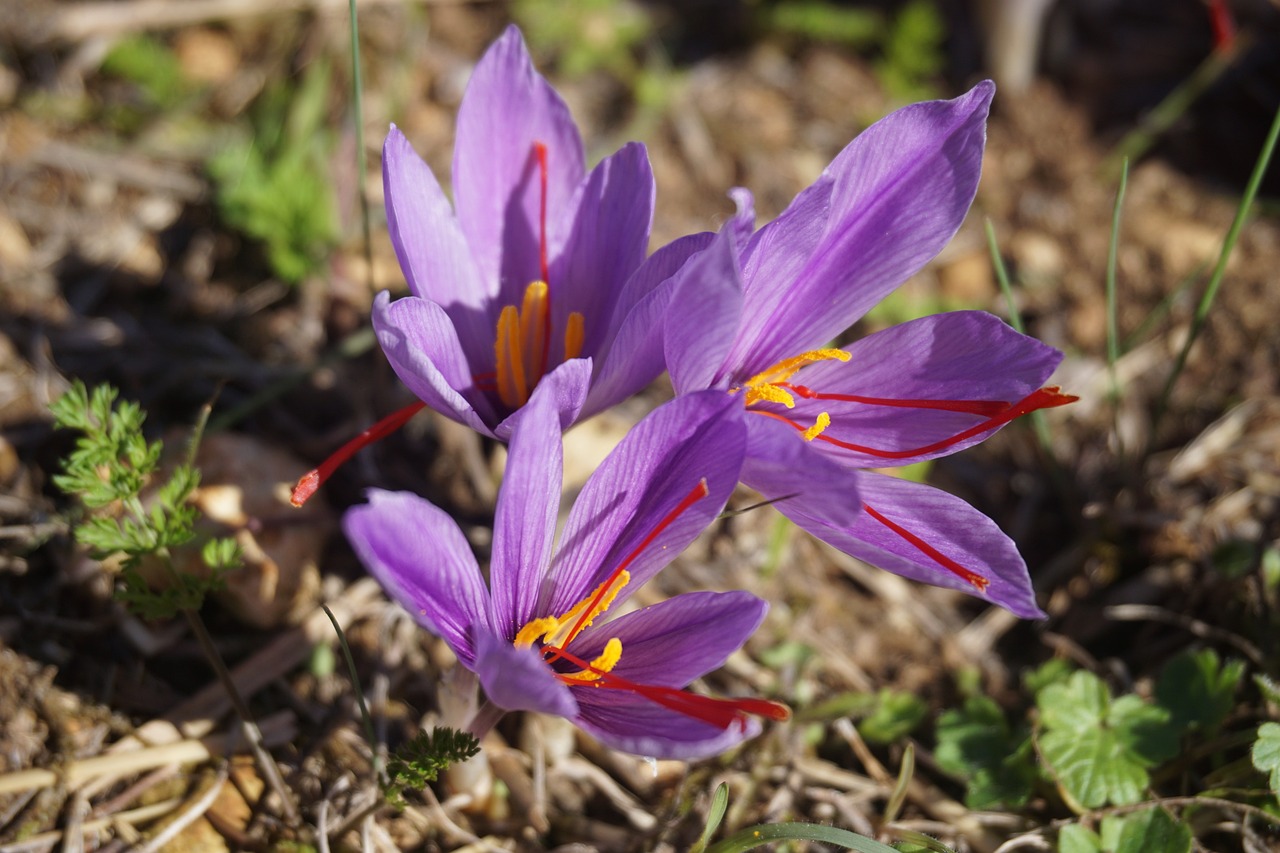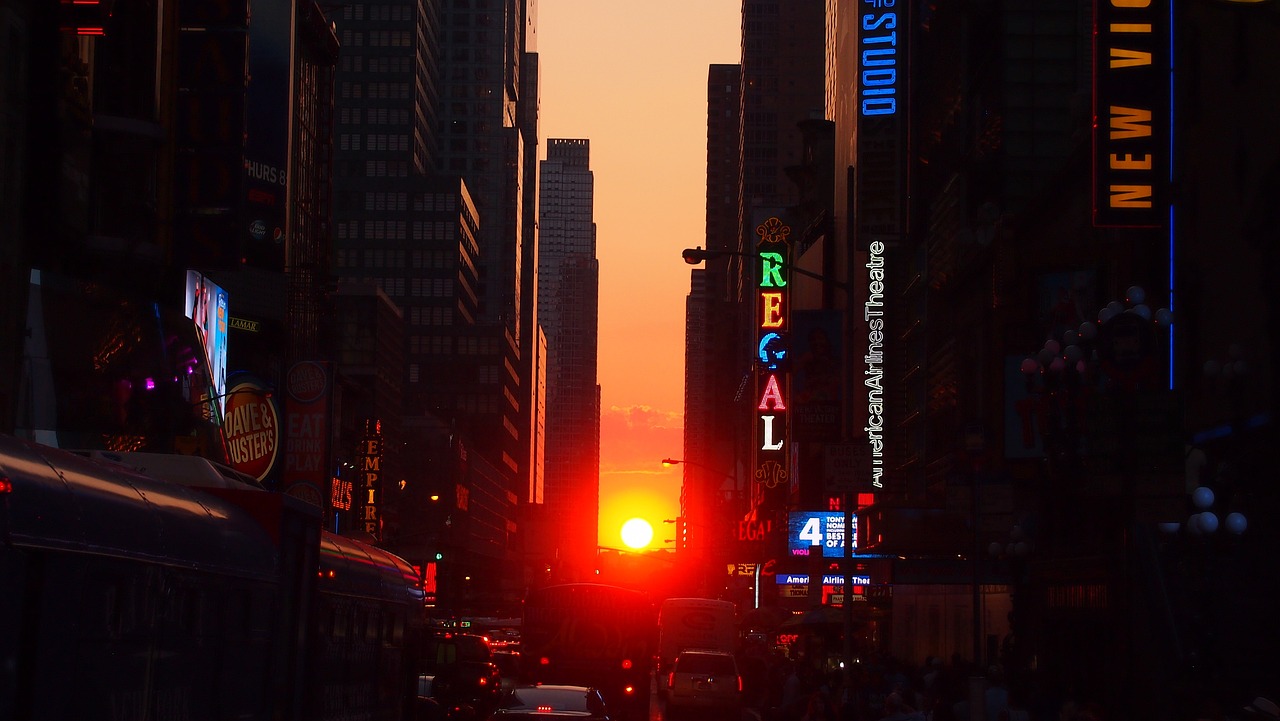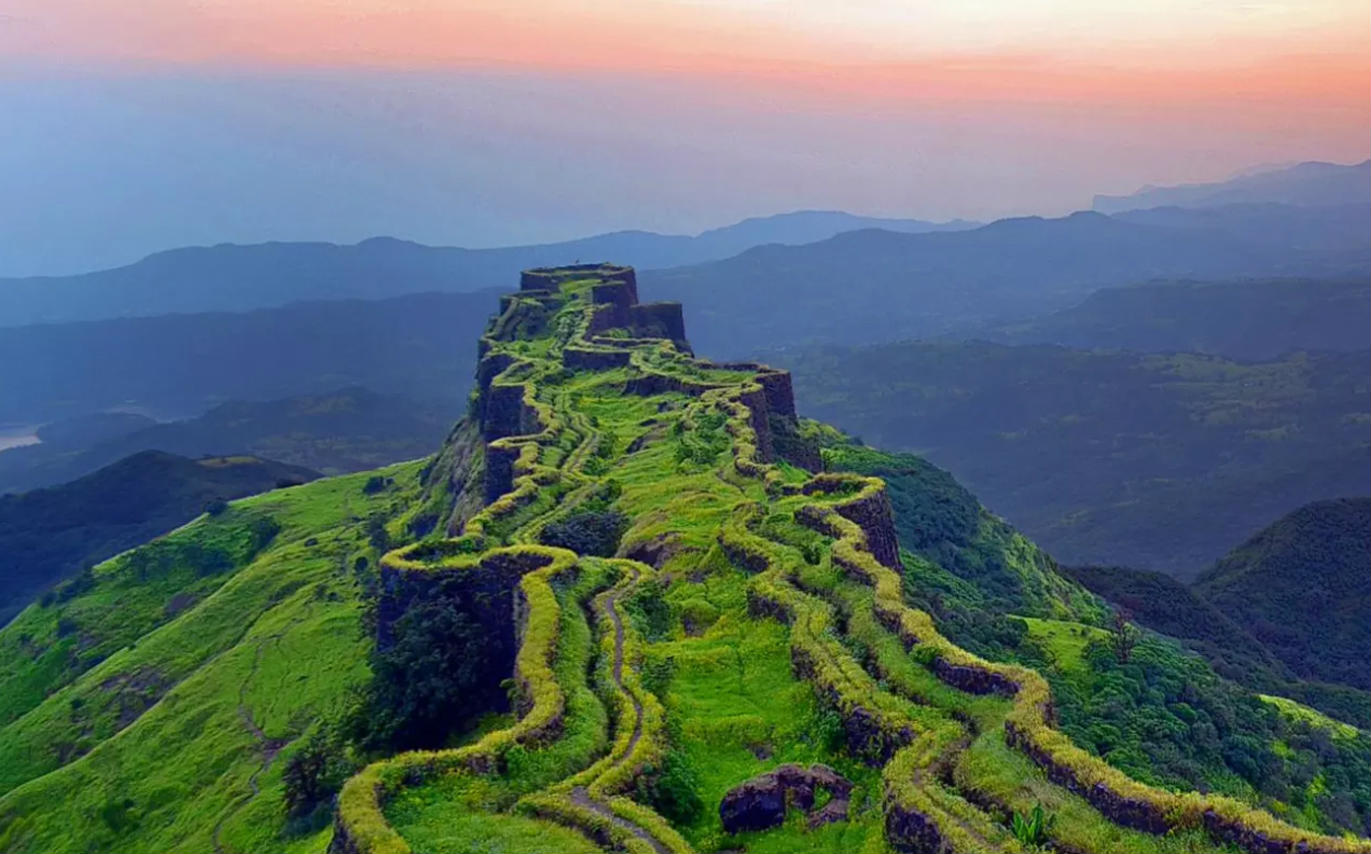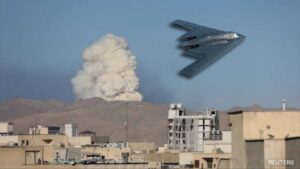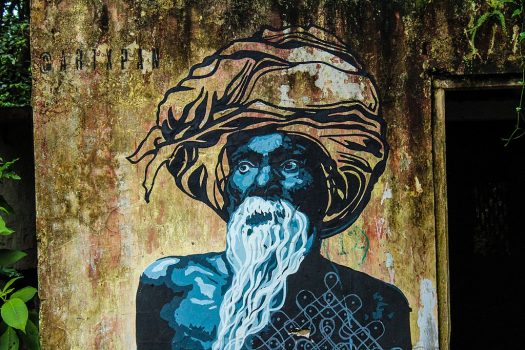 Pin
Pin Image source: Wikimedia Commons by Alberto Buscató Vázquez
India’s streets are a melting pot of chaos and culture. Amidst the cacophony of honking horns, bustling bazaars, and chaotic traffic, a silent revolution is taking place. Graffiti—once dismissed as vandalism—is becoming a vibrant medium of expression. On walls that once held political slogans or advertisements for quack doctors, intricate murals now breathe life. Street art is no longer an afterthought; it’s a mirror reflecting India’s evolving urban ethos.
This piece isn’t about romanticizing graffiti. It’s about peeling back the layers of paint to uncover the raw, unapologetic stories behind them. Here’s a deep dive into 15 striking graffiti stories across India that highlight the art, the artists, and the streets they’ve transformed.
Table of Contents
1. The Mumbai Canvas - Dharavi’s Graffiti Revolution
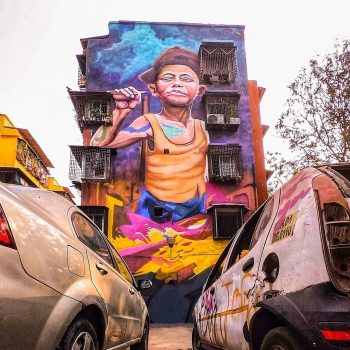 Pin
Pin Photo by @avi_artstudio
Dharavi, often seen as just a slum, is becoming one of Mumbai’s most vibrant art spaces. The streets here are now alive with colorful murals that reflect the hopes, dreams, and struggles of its residents. The graffiti ranges from portraits of local heroes to bold, abstract designs, each telling a story unique to this community. It’s amazing to see how art is redefining Dharavi’s identity, turning what was once just a maze of grey walls into a dynamic canvas bursting with life and creativity.
2. Delhi
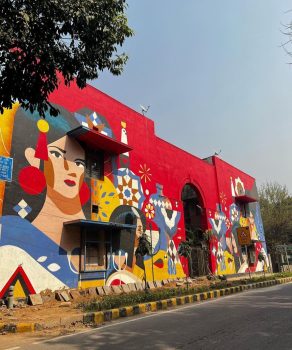 Pin
Pin Image by @dfordelhi
Lodhi Art District in Delhi has transformed into an open-air gallery, and it’s something you’ve got to see to believe. The entire neighborhood is covered in massive murals created by artists from all over the world. Each wall tells a different story—some focus on India’s rich heritage, others tackle modern issues like climate change. Walking through this district feels like you’re in an art museum, but without any entry fee. It’s public art at its finest, making the streets of Delhi a lot more colorful and thought-provoking.
3. Kolkata
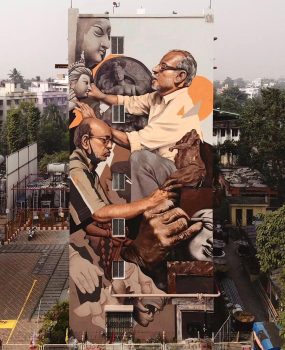 Pin
Pin Image by @art.abushaev
Kolkata’s graffiti scene isn’t just about pretty pictures—it’s a platform for protest. The walls here speak volumes about the city’s political and social issues. You’ll see powerful messages about justice, equality, and resistance, often painted in bold, striking styles. It’s art with a purpose, and it hits hard. The city’s rich history of activism is alive and well in these silent protest walls, reminding everyone that Kolkata has always been a city with a voice.
4. Pune
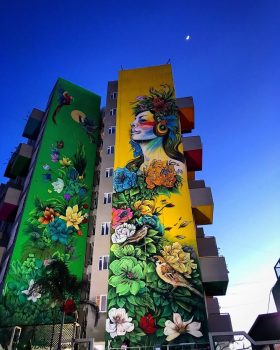 Pin
Pin Image by @streetartpedia
Pune’s street art is all about blending the old with the new. The walls are covered in graffiti that combines traditional Indian patterns with modern abstract art. It’s like walking through a gallery where every piece tells a story of Pune’s cultural heritage mixed with contemporary vibes. The city’s graffiti scene is a perfect reflection of its identity—a place that respects its past while embracing the future.
5. Bengaluru
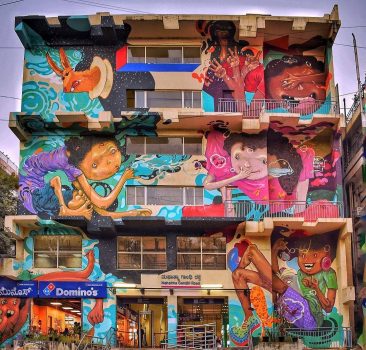 Pin
Pin Image by @nammabengaluru
Bengaluru isn’t just about tech and startups—it’s also got a pretty epic street art scene. The graffiti here often mixes digital themes with raw, emotional artwork. It’s a creative outlet for the city’s youth, who are constantly pushing boundaries and challenging the norm. The murals capture the essence of Bengaluru’s fast-paced life, from the hustle of the tech world to the everyday struggles of its people. This city’s creative underbelly is alive and kicking, adding a whole new layer to its already dynamic personality.
6. Jaipur
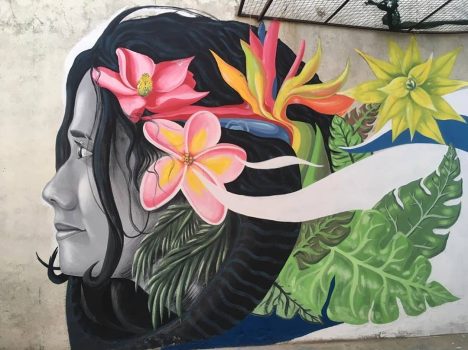 Pin
Pin Image by @rezgraffiti
Jaipur, known for its iconic pink buildings, is now seeing a vibrant splash of blue thanks to its growing graffiti scene. The city’s walls are becoming canvases for artists who are adding bold, modern touches to its historic charm. The graffiti here often features traditional Rajasthani motifs mixed with contemporary styles, creating a striking contrast against the pink backdrop. It’s an exciting evolution for Jaipur, blending its rich heritage with fresh, urban art vibes.
7. Chennai
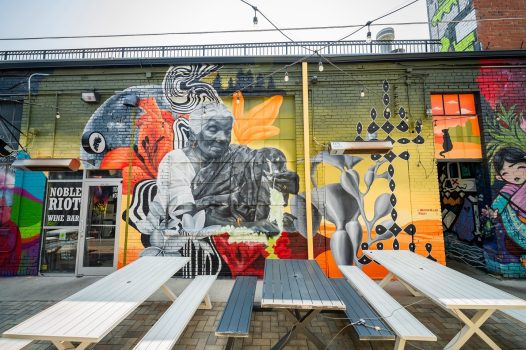 Pin
Pin Image by @usconsulatechennai
Chennai’s graffiti scene is deeply rooted in the stories of its coastal communities. The walls along the fishing villages are filled with art that reflects the lives, struggles, and traditions of the fisherfolk. These murals give a voice to a community often overlooked, showcasing their connection to the sea and their fight for survival in a rapidly changing city. It’s raw, emotional, and beautifully authentic, making Chennai’s street art truly unique.
8. Ahmedabad
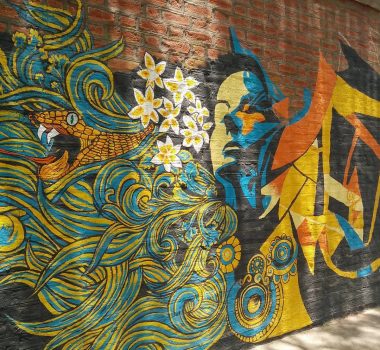 Pin
Pin Image by @peeboos
Ahmedabad, steeped in history and known as Gandhi’s city, is finding a new way to express itself through graffiti. The street art here often draws inspiration from Gandhian ideals, promoting messages of peace, non-violence, and social justice. But it’s not all about the past—modern issues like environmentalism and women’s rights are also taking center stage. The combination of historical reverence and contemporary activism makes Ahmedabad’s graffiti scene both powerful and thought-provoking.
9. Varanasi
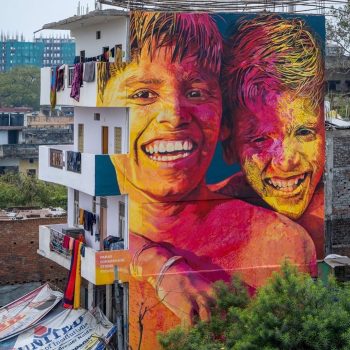 Pin
Pin Image by @greatwallsofindia
Varanasi, one of the oldest cities in the world, is now home to some truly captivating street art. The graffiti here reflects the city’s deep spiritual significance, with murals depicting gods, rituals, and sacred stories. Walking through the narrow lanes, you’ll find walls adorned with vibrant depictions of life and death, faith and devotion. It’s a visual feast that captures the essence of Varanasi’s spiritual heartbeat, blending the ancient with the contemporary.
10. Goa
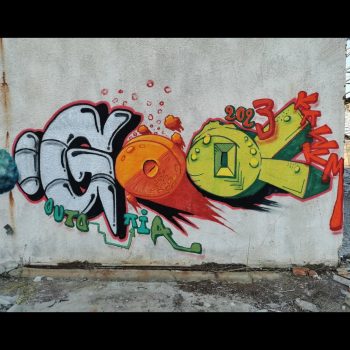 Pin
Pin Image by @goautopiagraffiti
Goa might be famous for its beaches, but its graffiti scene is what’s really turning heads. The street art here goes beyond the typical touristy vibes, diving into themes of local culture, history, and even politics. The walls of Goa are alive with bold, colorful murals that challenge perceptions and invite conversations. It’s a side of Goa that many tourists miss—a creative, edgy undercurrent that adds depth to this coastal paradise.
11. Hyderabad
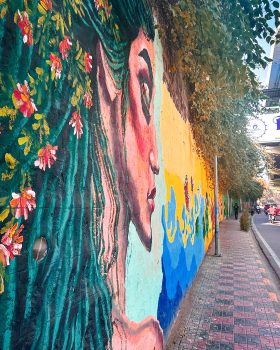 Pin
Pin Image by @vroon_reddy
Hyderabad’s graffiti scene is a fascinating mix of old and new. The city’s rich history is reflected in its street art, with murals showcasing its royal past, famous landmarks, and cultural traditions. At the same time, modern themes like technology, youth culture, and social change are making their way onto the walls. This blend of old stories and new perspectives makes Hyderabad’s street art scene dynamic and ever-evolving.
12. Chandigarh
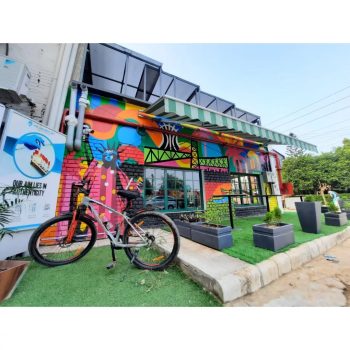 Pin
Pin Image by @manojkandwal
Chandigarh, known for its clean, modern architecture, is getting a bold new look with its emerging graffiti scene. The city’s walls are now adorned with vibrant murals that add a splash of color and personality to its otherwise structured layout. The art here often plays with themes of nature, sustainability, and urban life, reflecting Chandigarh’s identity as a planned city that’s still deeply connected to its natural surroundings. It’s a fresh, exciting development for a city that’s always been known for its beauty.
13. Kochi
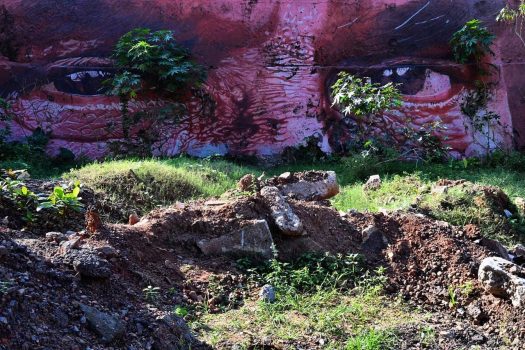 Pin
Pin Image by @thulasikakkat
Kochi’s street art scene has been put on the map thanks to the Kochi-Muziris Biennale, but it’s grown far beyond the festival. The city’s walls are now a canvas for year-round artistic expression, featuring murals that explore everything from local folklore to global issues. The graffiti here is as diverse as the city itself, blending traditional Kerala aesthetics with contemporary themes. Kochi has become a hotspot for street art, with each piece adding to the city’s rich cultural tapestry.
14. Shillong
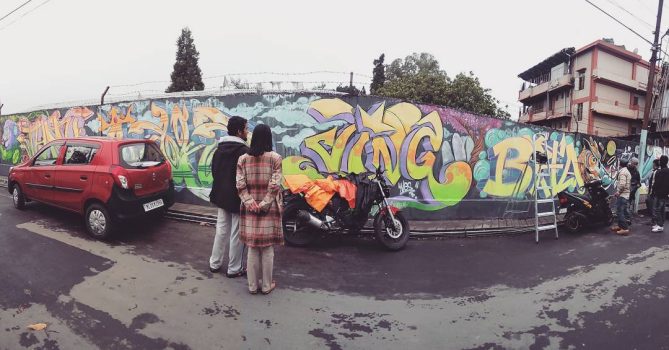 Pin
Pin Image by @rems_vandal
Shillong’s graffiti scene is a reflection of its vibrant youth culture and deep connection to the natural world. The murals here often feature themes of environmentalism, indigenous rights, and local legends. The art is bold, colorful, and deeply rooted in the region’s unique identity, giving a voice to the hills and the people who call them home. Shillong’s street art is as dynamic as the city itself, capturing its spirit of creativity and resilience.
15. India’s Graffiti Movement
India’s graffiti movement is growing stronger, with more cities embracing street art as a powerful form of expression. The future looks bright, as artists continue to push boundaries and explore new themes and styles. As more communities recognize the value of public art, we can expect to see even more vibrant, thought-provoking murals transforming India’s urban landscapes. The movement isn’t just about beautifying cities—it’s about telling stories, sparking dialogue, and connecting people through the universal language of art.




